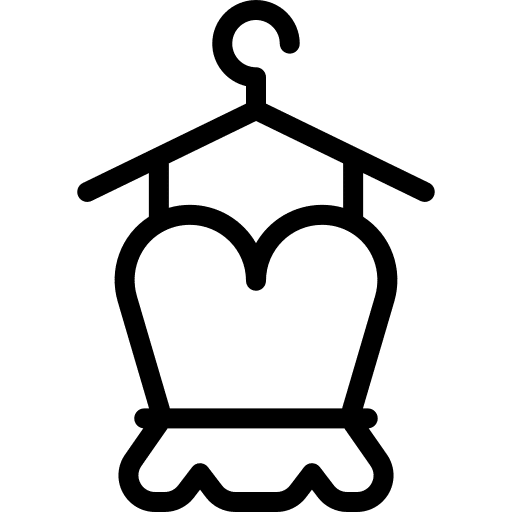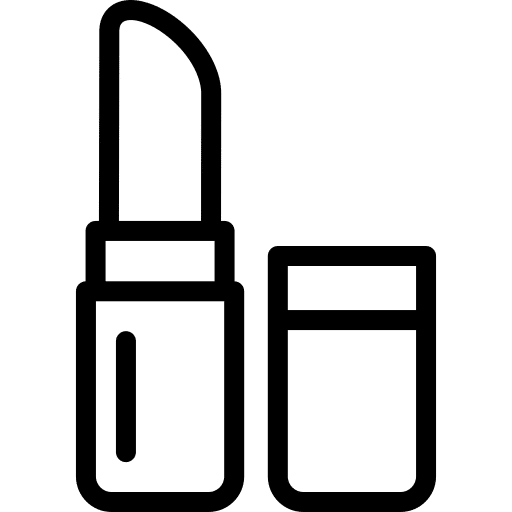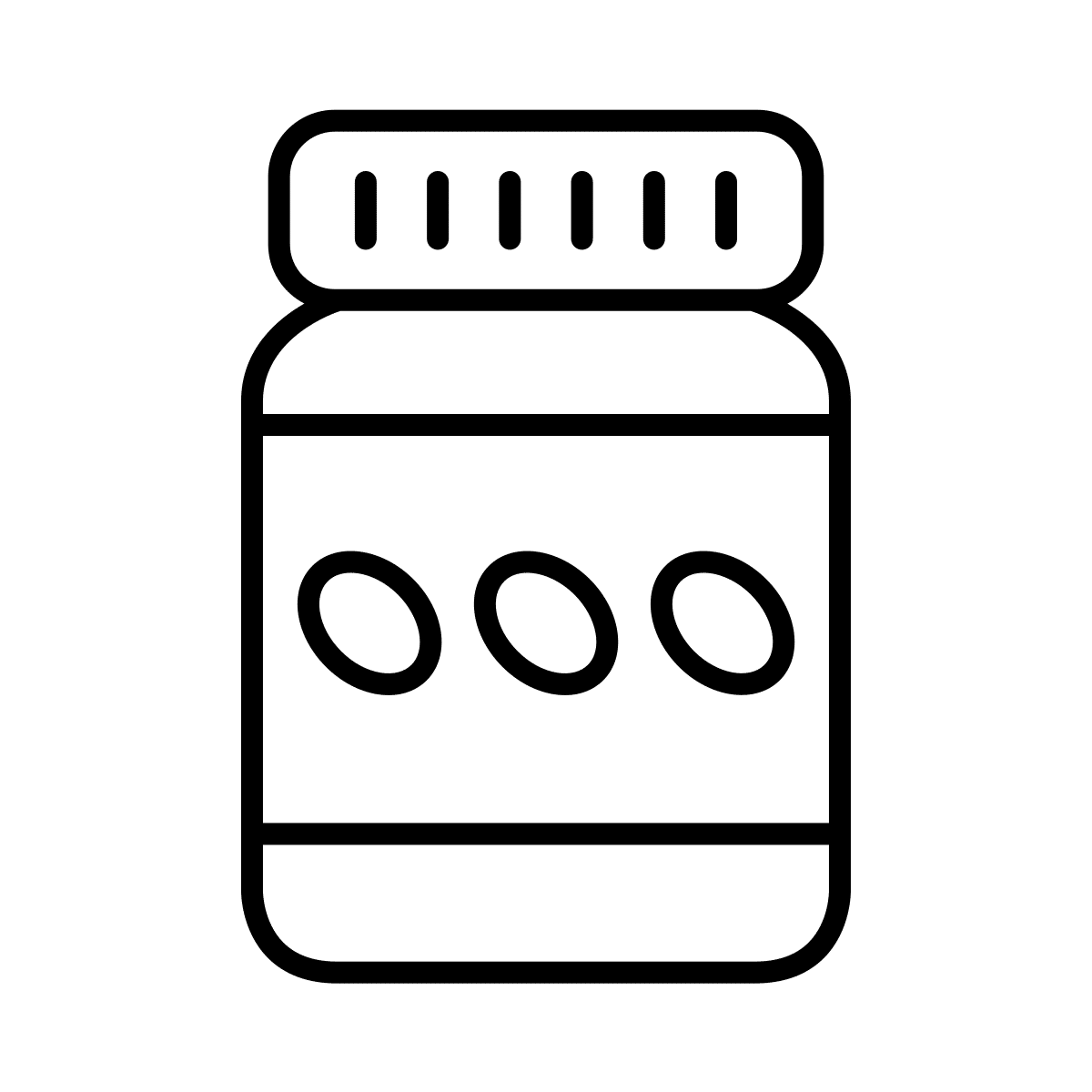If you’re a retailer considering launching a retail app of your own — congrats! You’re already ahead of the game. Mobile shopping has crossed the chasm from early adoption to mass acceptance. The sooner you capitalise on the trend, the better.
But where to begin? If you don’t know what you’re doing, retail app development can involve big budgets, long timelines, and a lot of complexity. Having a structured approach and building a top-line plan even before you speak to an app vendor will save you time, money and frustration in the long run.
It will also help you pinpoint the right development approach. The truth is, retail app creation has come a long way in recent years and the arrival of SaaS platforms gives independent retailers options they didn’t have before, with access to features and technologies that used to be strictly for big brands with deep pockets.
In this blog post we’ll show you how you can have a glittering, full-featured retail app of your own, and walk you through the key steps to getting there. Let’s dive into the 5 rules of retail app development you need to know.
“The belief that a responsive site is enough to capture mobile shoppers is a common misconception for retailers.”
Why your mobile website isn’t enough anymore
Mobile websites have come a long way since the bad old days of WAP, but they still have a fatal flaw: their UX can’t compete with the UX of mobile apps. The belief that a responsive site is enough to capture mobile shoppers is a common misconception for retailers. Responsive sites actually hurt your ability to convert customers . When it comes time to make a purchase they can be slow, cluttered, and limited by clunky functionality.
Not so with retail apps. They offer the kind of seamless experience smartphone users take for granted and purchase journeys optimized for buying things on-the-go. Apps have the latest mobile commerce (m-commerce) features: saved customer profiles; autofill of address, shipping, and payment information; geolocation; one-tap purchase; and other straightforward, time-saving tools that make it easier for mobile shoppers to tap ‘’yes. Therefore, they convert mobile shoppers at 3x times the rate of responsive sites and your customers will spend more in-app.
Recent research shows retail app usage and revenue is in the lift, for big brands as well as for independent retailers with apps.
But what features do you need to look for during the retail app development process, and what’s the most efficient, cost-effective way to get them?

1. Define your goals
Start by being clear on exactly what it is you want your retail app to do, and the benefits or capabilities you want the app to bring to your business.
Put together a retail app development task force and make sure the most relevant departments are represented: marketing and sales, IT, product development, and at least one board-level representative. Once you have an idea of budget, you’ll need answers to these key questions:
What do you want your mobile app to achieve?
What are your competitors doing and what features do they offer?
Who is your target audience?
What do you want customers to do with your retail app?
What approach will you take to development?
What is your timeline for development and when do you plan to go live?
Do you have an app marketing strategy (and do you know how to build one)?
The first task-force meeting should include a review of any market research you’ve undertaken, especially around competitors’ retail apps. It should also aim to create a list of the features the app will need.
For B2B brands this could include making the order process friction-less, with simplified reordering. You might also consider adding a barcode reader, and adding payment and credit options suitable for contracted vendors. You can read more about B2B ecommerce app development here.
For B2C brands features should be implemented to reward loyalty, add marketing capabilities, and make purchasing easy. These can include push messages, one-tap checkout, support chat, and product catalogue lookbooks. You can read more about creating an ecommerce app for B2C here.
2. Calculate the app’s ROI
Adding a retail app can have a number of benefits including increased loyalty and expanded marketing options, but their main impact is typically felt in improved conversion, and increased average-order-value (AOV).
Apps convert visitors to buyers at 3x times the rate of mobile responsive websites, and AOV is 50% higher on average than sales via mobile sites.
Consider this business case calculation:
Assume current web traffic is 10,000 visitors per month, and 53% of those visits arrive from mobile devices (a conservative estimate by current retail standards). You’re currently seeing conversion of 2.4% (or ca. 127 orders a month), and an AOV of ca. 60 dollars, or $7620 in monthly mobile revenue.
With app conversion 3x higher than your mobile site, and a 50% boost to AOV, you’ll climb to 7% conversion or 371 order per month. AOV will increase by 50% to $90. Overall it’s an increase of $25,777 —$7620 to $33,390.
These estimates are based on real research. Want a customized estimate of your ROI? Request more info here.
Next year will see us reach the tipping point where more e-commerce happens more on smartphones than on desktops. Experts predict that by the end of 2021, mobile commerce will account for anywhere between 54% of total ecommerce sales according to retail emarketer or even 72.9% percent of e-commerce sales according to Statistica.
The takeaway from this is not that it’s OK to start neglecting desktop users, but it does prove that optimizing the e-commerce/m-commerce channel mix should be your top focus in 2021 and beyond. If you’re set on further growth, mobile-first is the only way.

3. Choose the right retail app technology
Apps come in two forms, Progressive Web Apps (PWAs) and Native apps. Both offer powerful capabilities that responsive websites alone can’t deliver, but there are still different use cases for each.
A native app is what most people mean when they say ‘there’s an app for that.’ It’s a dedicated and branded piece of smartphone software that’s listed on the iOS or Android app store. Facebook, Uber, Tik tok, and Instagram are well-known examples. End users download and install them ‘natively’ on their phones.
They offer powerful functionality and the opportunity for deeper personalisation in terms of offers and customer communications. They’re also the more expensive option, and may offer more than your brand really requires.
PWAs, on the other hand, give you most of the benefits of a native app — for a more scalable investment. They use the speed and functionality of smartphone web browsers to deliver an app-like experience inside the browser window. They’re accessible via URLs and indexed by search engines, but app technology is deployed from servers into the browser window.
PWAs look, feel. And act like native apps, but with no need to download and install from an app store. They load fast, work on all devices, and have smaller data needs.
Big brands like Amazon and Alibaba have launched PWA’s to increase conversion and revenue. Analysts Gartner believe they’ll replace more than half the mobile-responsive websites by year’s end.
Which technology is best when developing a retail app? There is no single answer. It depends on your business and the category you’re in. Generally speaking, brands with lots of recurring customers have a big chance on many app downloads, so a native app will be the best because it offers more options.
If you expect fewer downloads, deploying a progressive web app is the best way to go. Customers will have an app-like experience in their browsers. Improving UX and making purchases fast and easy.
4. Choose the right retail app development approach
For the majority of brands, building an app using an SaaS platform is the best option. It offers a balance of features and cost-savings that can deliver apps that are full-featured, amazing to look at, with purchase journeys designed to convert. The initial outlay for an SaaS app-building solution starts at $2,000, and 300-400 dollars per month after that for maintenance, extra features and app marketing support. It works for retailers of all sizes.
For brands with more specific and complex requirements, bespoke app development is probably the way to go. It’s the Mercedes option — more expensive, but the performance is top-notch and the features you can create are highly tailored to the needs of the customer base.
Engaging a bespoke development agency and a project team comprised of expert coders will typically start at €60,000 for the initial build, and then require monthly maintenance and support to keep everything current and secure. The delivery timeline can extend from 6 months to a year.
At JMango360 we create all apps based on SaaS app technology. This means either the standard retail apps, that integrate with your ecommerce platform and come with all the in the box features. Or a bespoke app, based on certain requirements. By building with SaaS technology, even bespoke apps are becoming more affordable and faster to deploy.
5. Get acquainted with retail app development best practice
You don’t need to code or be a technologist to understand the basics of what makes an app ‘sticky’ and keeps users coming back. Learn them and bring them to every planning session to inform decisions across the retail app development process.
Go for simple, clear design
Your design should be intuitive for users and the app should be easy to navigate. The user shouldn’t need to think about where to go next. Each step in the purchase journey should be anticipated and guided.
Make login and checkout fast
Mobile users hate having to type in the same details over and over again. Don’t annoy them by forcing them to continually type in email addresses, user names, and security questions when logging or checking out. Remember touch-screens lack a physical keyboard. Make login and checkout lengthy and expect to lose sales.
Navigation needs to be consistent
It’s important for the user experience that the app has similar visual elements that look and behave the same way across the app. The buttons, fonts and color schemes should look identical, and there should be functional consistency, so any interactive elements operate the same way on different screens.
Ask the retail app development experts
Need help deciding on the right technology, embedding best practice, or building an effective business case? JMango360 can help.
We’re experts at creating best-in-class m-commerce apps that boost conversion. We work directly with webstore owners to create brilliant apps, or work in partnership with ecommerce agencies to help their clients boost mobile revenue and loyalty.
Contact us to build a native app or PWAs on our SaaS app-building platform, fine-tune app install marketing strategies, set-up and execute app marketing campaigns, and improve App Store Optimization. From start to finish, we’ll be there.
Get in touch if you’d like to know more.








